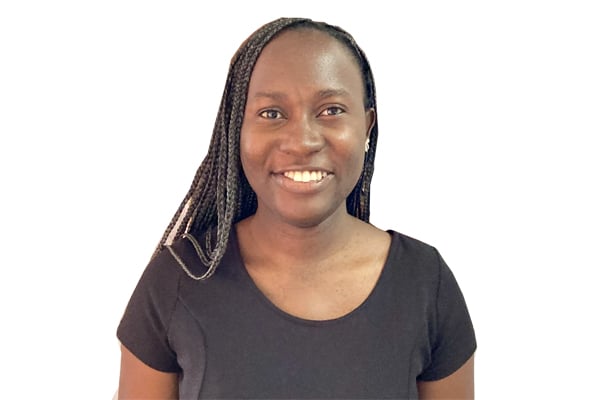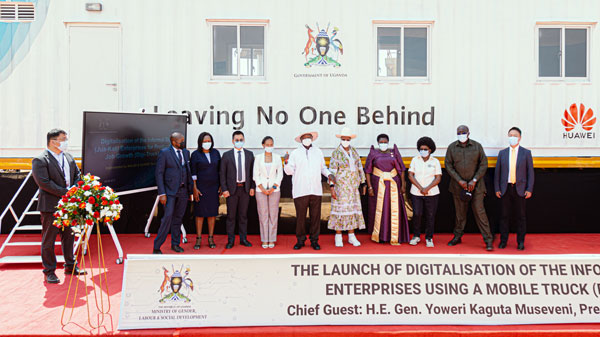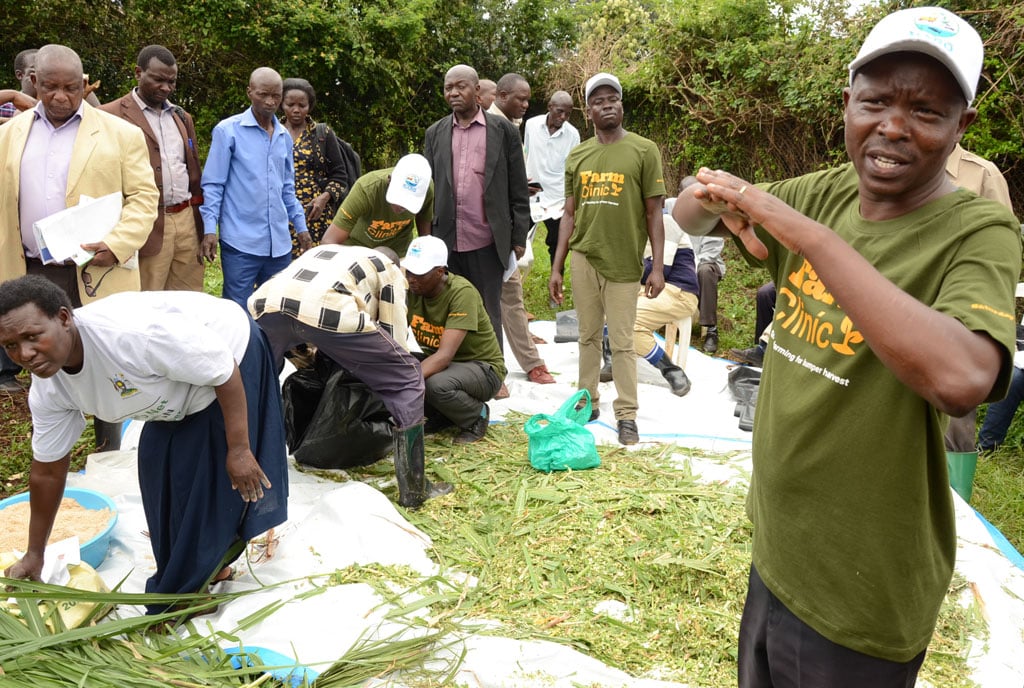Digital inclusion should be priority

Ritah Nanyonga
What you need to know:
- Digital inclusion is benchmarked on accessibility, affordability, and availability (AAA).
Uganda is committed to digitalising the economy through the Digital Uganda Vision which is a National Policy and Strategic Framework. The vision aims at building a digitally enabled society to create positive social and economic impact.
Achieving this requires a multisectoral approach considering that ICT transformation cuts across all sectors and programmes. A scan of the ICT sector in Uganda indicates that Uganda has 20.5 million mobile subscribers, which is close to 50 percent of the population.
With the effects of Covid-19, the use of mobile phones has transitioned from simple communication tools to enablers for accessing services across different sectors, including health, education, commerce, trade, agriculture, and employment.
While internet access and usage are central to digitisation, more than 70 percent of the population is offline. With concerns around access, affordability, and infrastructure like access to electricity, that number is estimated to be as high as 86 percent of the population offline.
The fact that close to 31 percent of women may not own a mobile phone, further highlights the extent of the digital divide with an impact on access to information. This includes utilising the opportunities presented through ICT-enabled platforms which are key for engaging in productive processes and benefits from government programmes.
It is also worth noting that there is limited research around the digital inclusion of people with disabilities which makes disability needs to be overlooked or sometimes collapsed under vulnerable and marginalised groups, despite the distinct needs for PWDs.
While research indicates that 72 percent of the population is living within a five-kilometre distance from financial service access points, the bulk of these services are still concentrated in urban areas which have the infrastructure, traffic in terms of customers, and diverse population employed. Only 11percent of the adult population of 18.5 million is banked, while the remaining 89 percent of the unbanked adult population mainly in rural communities rely on mobile money, savings, and credit cooperatives or microfinance institutions to access financial services.
As a result, more women than men are more likely to access informal financial services via their village savings groups and cooperatives than formal services. This digital divide is furthermore pronounced between the urban and rural communities with a 4 percent digital gender gap in urban areas against a 22 percent digital gender gap in rural areas whose exclusion also extends into the digital financial sector.
Digital inclusion is benchmarked on accessibility, affordability, and availability (AAA). According to UNCDF, these include network connectivity, mobile phone, and simcard ownership, adequate literacy and digital literacy, and enough digital finance agents who are accessible and with sufficient liquidity and affordable services.
A single gap within the key benchmarks makes digitalisation unequally accessible to beneficiaries thus creating a digital divide. Challenges which enable the digital divide are taxation policy, infrastructure development gaps, skills, and knowledge gaps to utilise sophisticated technology away from the USSD platforms which many mobile money users interact with. As the women’s economic collectives transition to digital platforms, the AAA test on digital services still highlights key gaps, especially in addressing the gender digital divide.
The digital revolution hasn’t produced equitable benefits as women and girls without digital access are cut off from the knowledge, employment opportunities, networks, products, services, and benefits that the internet provides.
Promoting digital inclusion for women is essential to their economic, social, and political development. Digital transformation is increasingly driving business and the world of work. However, the unequal participation in the new world created by technology risks excluding the most vulnerable who are mainly women.
The exclusion of women, persons with disabilities, those living in poverty, and rural communities means that they are unable to utilise the opportunities presented within the new economy. It is, therefore, time to close the digital gender gap. It is important to develop digital transformation policies and programmes which are inclusive from design to utilisation of digital services.
Ritah Nanyonga is a Women Economic Empowerment – Technical Officer ActionAid International Uganda




